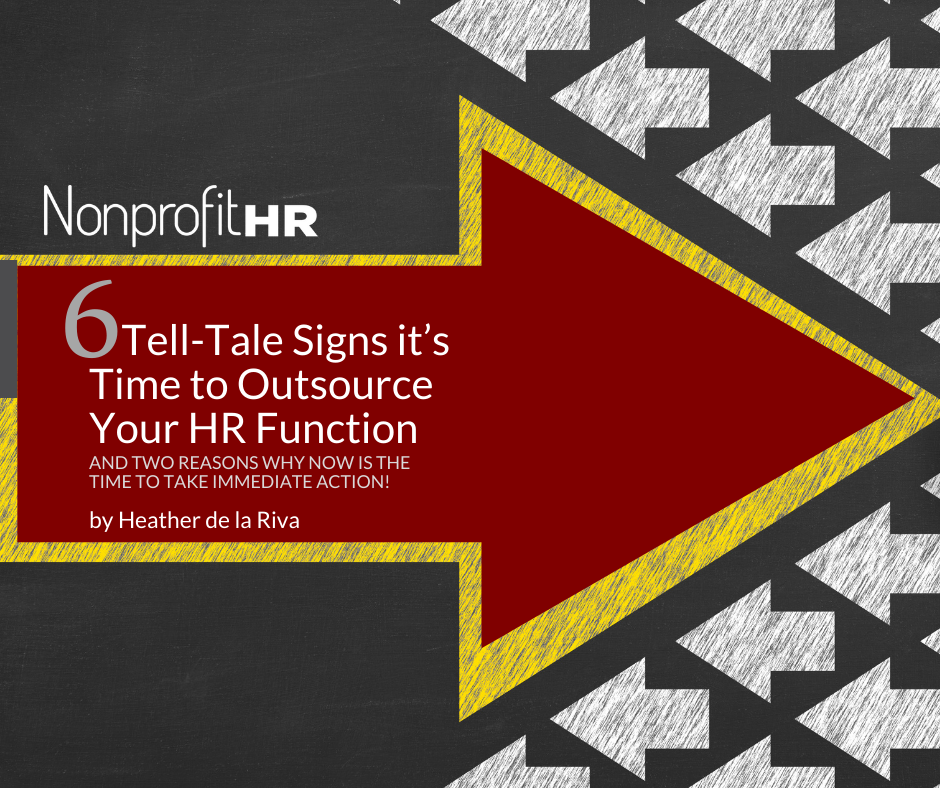WTOP: 5 ways nonprofits can…
What comes to mind when you think about your best employees? Do you know if they could be lured away with another offer? Do you know what would make them stay? Would it be a challenge to recruit for their positions? Do you have a pipeline of top talent on call in case your best employees were to leave unexpectedly?
When your best employees, or high performers as I like to call them, leave your organization, whether they are poached away by other organizations or voluntarily resign, filling that vacancy can be challenging – especially if you don’t have a pipeline of talent ready to engage.
Don’t get me wrong, some attrition can actually be very good for organizations, particularly when the pulse of the workforce points to low morale, high turnover, disengaged staff, performance woes, and frustrated internal and external stakeholders. However, I have found more than once that while we were focused on helping our clients work through employee relations issues and performance improvement plans, high-performing employees were typing up their resignations! This is the kind of attrition that no organization wants or needs.
Ownership of issues like these typically extends beyond HR. Making improvements requires all leaders to be a part of a short-term strategy for a progressive yet sustainable outcome. Here are a few things we’ve advised our clients to try when their organizations were experiencing periods of low morale and high turnover that you can put into practice at your organization as well:
- Have engagement conversations with all staff, including the leadership team. Extraordinary leaders are constantly being pursued by other organizations. I’ve found that leaders at the mid to executive level are actually the most poachable team members when you have a toxic work environment.
- Invest in the employee’s career journey. Some of your best employees want perks. You may find that you can provide meaningful perks with very minimal investment. Think about something like free lunch on pay day, or paid time off for volunteer activities. Don’t sweat the small investments and offer better rewards that lead to retention and less money wasted on turnover.
- Restructure a team or department that is not aligned with the mission of the organization. This step is not easy. You may need to look at the talents that each person offers and make tough decisions that help you keep your A players while realigning your work with your mission. Next, take a closer look at the B players on the team. They are often the ones that have the greatest potential to help drive results, but no one has tapped into their brilliance. B players also might thrive under the direction of a new team leader. Let’s not forget the C players, either. Your C players are probably already job hunting, and we already know some attrition is good attrition. Consider what you can do to nudge them in a new direction when the time is right.
- Realize that new programs shouldn’t always equate to hiring new staff. Try instituting a progressive career advancement strategy in your organization to allow your talented people to pursue new areas of interest. This type of career track can be very attractive to your A players.
Trouble brewing in one part of your organization can work its way through a workplace like a contagious disease. This leads me back to paying attention to what matters most – leveraging talent to drive results, yield desirable outcomes and foster sustainable growth. On the flip side of this however, is an employee’s mind. A made up mind is very hard to change.
Looking back on our work, I have to admit that the engagement conversations work best. These conversations are deliberate and should happen at 30, 90, and 180 days after an employee is hired and at regular intervals for as long as they stay with the organization. These are an investment of time, but are otherwise free and can go a long way toward keeping employees excited to come to work every day.
What is your plan to keep your best employees from leaving?





























